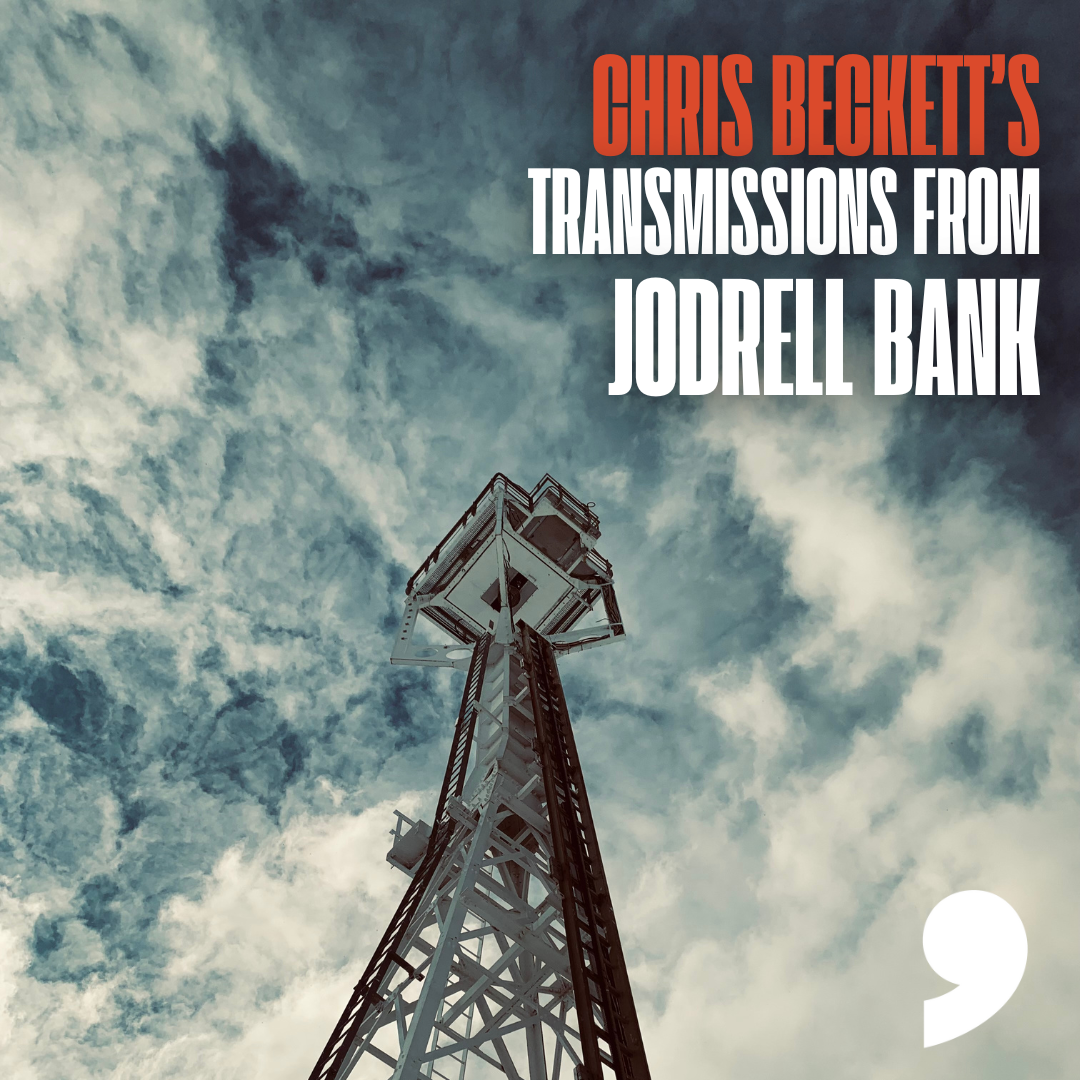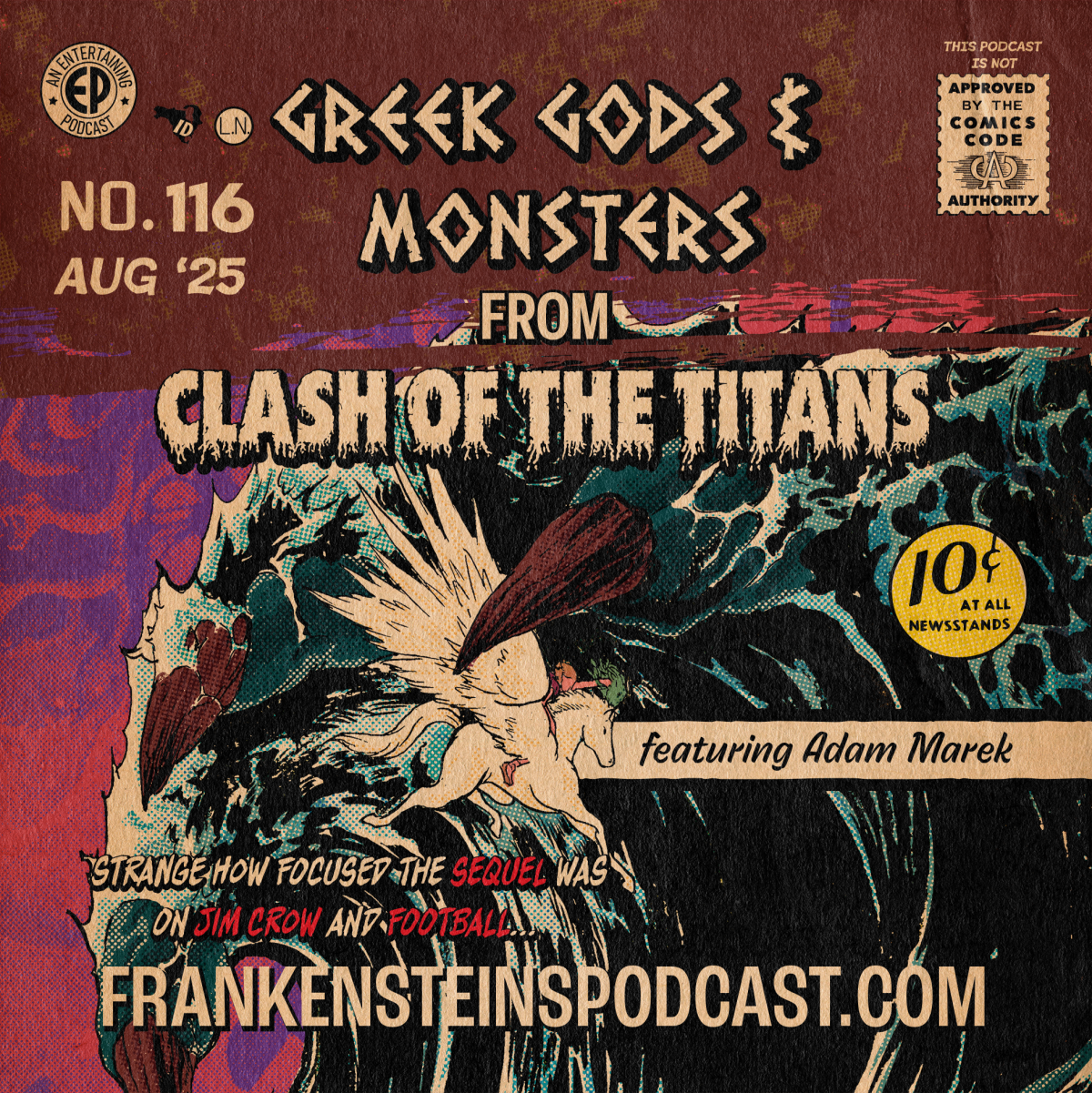Nigel Kneale and the Halloween that Never Was
Nigel Kneale biographer Andy Murray explores the Manx folklore that inspired the Sci-Fi/Horror icon's stories, and his Samhain-inspired Halloween III script that never saw the light of day.
When you first arrive in the city of Douglas on the Isle of Man, you could be forgiven for thinking you were almost anywhere in Northwest England. The high street has roughly the same mix of shops, the same weather, the same kind of accent being spoken – albeit with the Irish Sea lapping away at the promenade nearby. Gradually, though, you'll notice the differences, the delicious oddness. It's a place steeped in superstition and myth. Drive south on the main A5 road from Douglas and you'll pass over the Fairy Bridge, where locals still greet the 'little people' to guard against misfortune: if you're travelling by bus, there's even a recorded message to remind passengers to do so. Talk to locals and you might hear tales of Gef the talking mongoose, who resided in a farmhouse on the west coast back in the 1930s, or of why no-one on the island cares to say the word 'rat', or theories about all UK leylines converging here.
The Manx have their very own ancient variant of Halloween, too. Celebrated on October 31st, Hop-tu-Naa marks the end of summer and the onset of winter, with its roots in traditional Keltic festival of Samhain.
Born in Manchester, Nigel Kneale moved as a child back to his family’s native Isle of Man, not far from Douglas Harbour. Between the ages of 6 and 24, Kneale was steeped in folklore and tales of mythical beasts: the Buggane, the Glashin and the Phynodderee. As an adult, Kneale was an avowed unbeliever in either superstition or religion, but he remained fascinated by it.
This fascination marbles his work, from his 1949 short fiction collection Tomato Cain and Other Stories (revived and expanded by Manchester indie Comma Press in 2022) which predates Kneale's remarkable TV career - before Quatermass, The Road, The Stone Tape and Beasts, but his skill as a writer was already well honed. Amongst the stories he tells are Zachary Crebbin's Angel, about an elderly Manxman whose claims of visitations by celestial beings prove tricky to disprove; The Taroo-Ushtey, in which a clutch of islanders struggle to differentiate between the sound of a sea-going beast and a new-fangled foghorn; and Enderby and the Sleeping Beauty, in which an RAF man from Lancashire stumbles upon some unearthly monument buried in the African desert. There are also tales of a haunted des res (Minuke), thoroughly modern journalists investigating a supposed poltergeist (The Patter of Tiny Feet) and shipping equipment with a vengeful life of its own (Chains).
The Halloween that Never Was
After his original Halloween (1978) had proved to be a huge hit, John Carpenter oversaw a direct sequel, Halloween 2 (1981), continuing the murderous rampage of Michael Myers, aka 'The Shape'. At that point, Carpenter and his producer partner Debra Hill felt that the Michael Myers story had perhaps run its course (two entries into an eventual thirteen-movie-long saga). Instead, they looked to bring in other writers and directors to make additional Halloween films, intended as a series unconnected other than by the titular season. Given Kneale's predilection for Manx mythology, and the island's own ancient ‘Halloween’ tradition of Hop-tu-Naa, it's perhaps appropriate that Carpenter, who had long been a huge admirer of the Hammer Quatermass films, approached Kneale to pen Halloween III.
It was an uneasy match from the off: Kneale's brand of cerebral, under-the-skin unease was always going to be at odds with the slasher aesthetic of Halloween. Nevertheless, Kneale developed an idea, initially entitled The Last Halloween, about an Irish-born businessman called Corcoran (tweaked to 'Cochran' in the finished film) using his company Silver Shamrock to sell vast quantities of top-quality Halloween masks – ones which, it transpired, would kill the wearer on transmission of a pre-planned televised signal. In doing so, he plans to slaughter untold numbers of innocent children for the sake of, so he claims, “mischief”.
There is a little more to Corcoran's plan, though. He speaks evocatively of “the start of the year in our old Keltic lands: Samhain. Otherwise known as... Halloween. We would wait... in our houses made of turf. The barriers were down, you see, between the real... and the unreal. The dead might look in, to sit by our bit of fire. We would be ready... with our craft.” His intention, then, is to revive the traditions of his ancestors in the modern day with a mass Keltic-style sacrifice. For good measure, the story opens with a traumatised hospital patient incapable of muttering anything other than “Samhain”, only for doctors to assume that 'Sam Haines' is his name.
Kneale worked on two full drafts of the script, now bearing the more perfunctory working title Halloween 3, attempting to deliver something that would satisfy Carpenter and Hill. They felt that Kneale's approach was old-fashioned and pushed for something more impactful, but Kneale baulked at their emphasis on violence. Eventually he left the project, not caring for the direction in which it was heading. Indeed, he insisted that his name be removed from the credits entirely, thereby forfeiting any later claim to subsidiary royalties.
Carpenter gave Kneale's script a swift rewrite himself before passing it to his friend Tommy Lee Wallace, who had been brought in to direct the project, for further rewrites. As it emerged in 1982, Halloween III: Season of the Witch resembled Kneale's original vision only from a distance. The essential shape of the story remained intact, but hardly a line of dialogue survived. A rare exception was Cochrane's aforementioned “houses made of turf” speech, though it too was lightly rewritten, the scene is often celebrated as a highlight of the film.
Something else that was lost was Kneale's original vision for the ending. Having been caught by Corcoran and his drones, protagonist Dr Challis was to be seen waking up cocooned in one of a number of wicker baskets, each containing the emaciated body of one of Corcoran's foes, hanging from the ceiling of the Silver Shamrock factory, ready for their departing life force to be harnessed as part of the ancient Keltic ritual. A conscious nod to The Wicker Man, one of the few horror films Kneale spoke of admiringly.
It's a great shame that Kneale walked away from the project and it's tempting to speculate what the film might have been like if he'd seen it through. Even more, just imagine that he'd made Corcoran a Manxman, fixated on the island's superstitious past. The Last Halloween could have felt like classic Kneale, with roots direct in his childhood, a story ripped direct from the pages of Tomato Cain. Even as the finished film stands, Kneale’s name and influence scrubbed from the pages, tantalising traces of that notion still remain.
Buy Tomato Cain and Other Stories HERE


